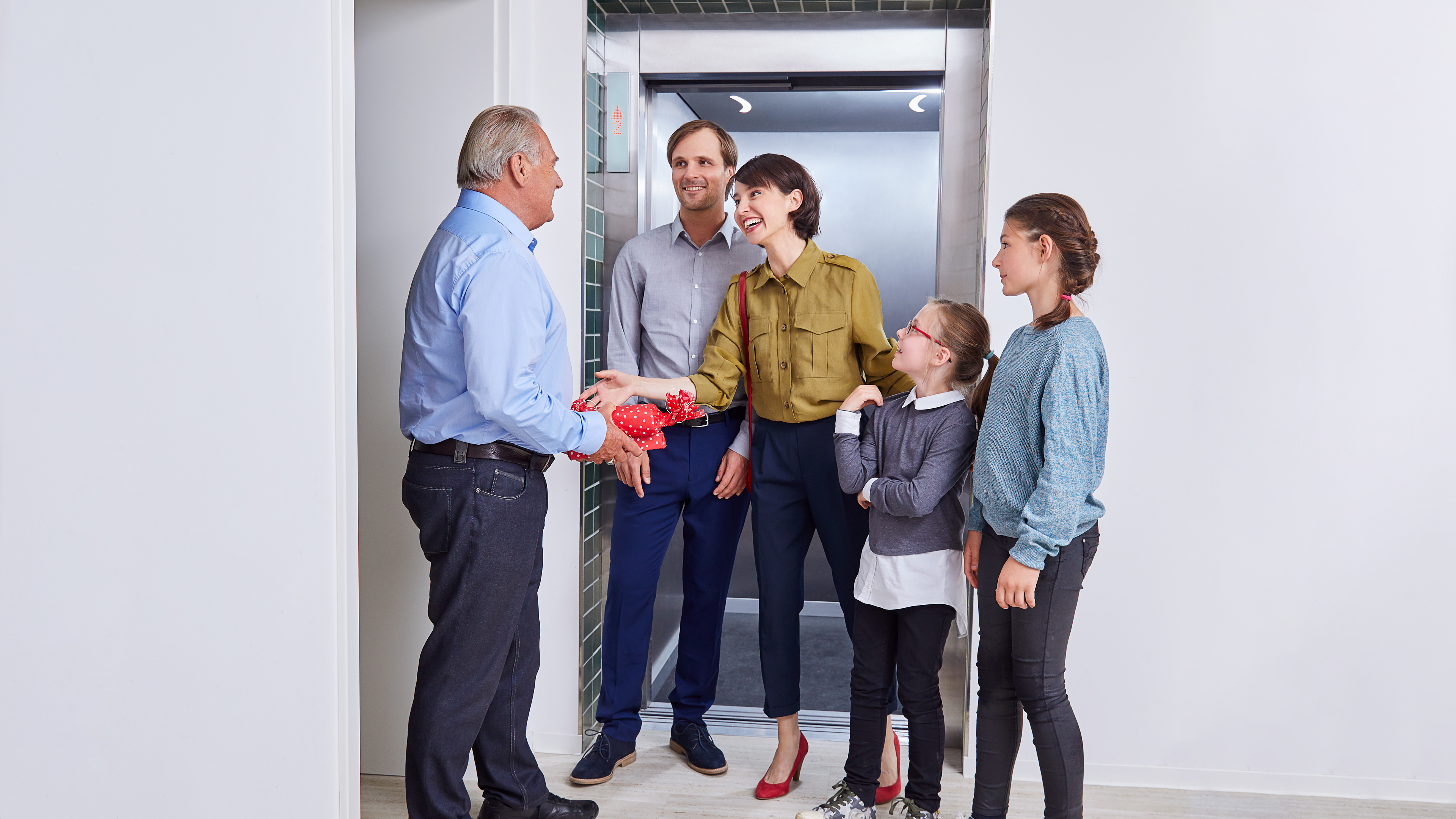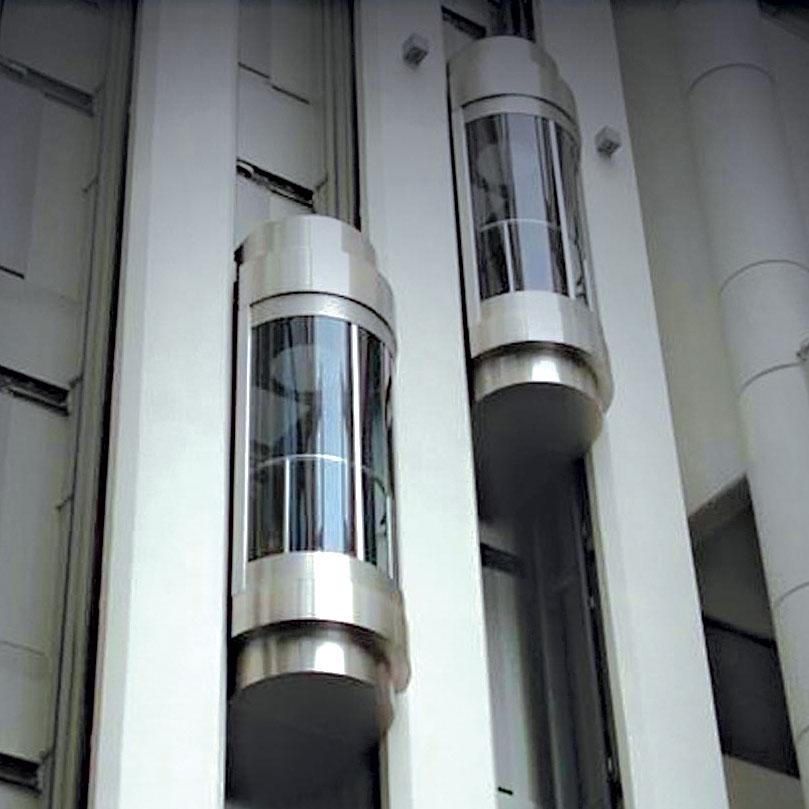We Maintain Lifts with Precision: Ensuring Safety And Security and Performance
We Maintain Lifts with Precision: Ensuring Safety And Security and Performance
Blog Article
Looking Into the Globe of Lifts: Usual Concerns Encountered by Numerous Lift Systems
As we navigate with the upright transport systems of contemporary buildings, lifts stand out as a vital part of our daily lives. From hydraulic elevators to traction systems and machine-room-less styles, each lift type comes with its set of usual concerns.
Hydraulic Elevators
Hydraulic lifts, typically favored for low-rise buildings, make use of fluid pressure to control the activity of the elevator automobile (lift repair companies). This mechanism involves a hydraulic pump pushing oil right into a cyndrical tube, causing the elevator to relocate the wanted direction. While hydraulic lifts are recognized for their quiet and smooth operation, they do include their own collection of usual problems
One common trouble with hydraulic elevators is oil leak. The seals in the hydraulic system can break over time, resulting in oil seepage. This not only produces a mess however can likewise impact the elevator's performance if left unaddressed. Additionally, issues with the control system, such as faulty valves or a malfunctioning pump, can create disruptions in the lift's movement.
Regular maintenance and timely repair work are necessary to make sure the smooth functioning of hydraulic elevators. By addressing these common problems proactively, building proprietors can lessen downtime and make sure the security and effectiveness of their upright transportation system.
Grip Elevators
When considering upright transport systems in buildings, an additional typical type in addition to hydraulic lifts is the traction lift. Traction lifts operate using a system of ropes and weights that move the lift cars and truck by grasping onto the hoist ropes. This device enables for smoother and faster vertical transport contrasted to hydraulic systems.
One of the typical concerns encountered by traction lifts is rope wear. The constant motion of the ropes within the grip system can lead to use and tear in time, potentially causing the elevator to breakdown or come to be harmful for use. Regular examinations and upkeep of the ropes are vital to ensure the lift's proper functioning and security.
An additional problem that grip lifts may run into is connected to the control system. Problems with the control system can result in concerns such as erratic motion, hold-ups in response times, and even full shutdowns. Routine screening and upkeep of the control system are important to stop such issues and make sure the elevator's dependability.
Machine-Room-Less (MRL) Lifts

Among the key parts of MRL lifts is the portable gearless traction equipment that is installed within the hoistway. This machine efficiently drives the lift auto without the demand for bulky tools discovered in traditional grip elevators. Furthermore, MRL lifts usually use a counterweight system to stabilize the cars and truck, more enhancing their power performance.
In spite of their benefits, MRL elevators might deal with challenges connected to repair and maintenance as a result of the confined area for tools installment. Accessibility for servicing elements within the shaft can be restricted, calling for specialized training for specialists. Appropriate upkeep timetables and routine examinations are essential to guarantee the more tips here ongoing smooth procedure of MRL lifts.
Overloading and Weight Restriction Issues
Are elevators geared up to manage excess weight lots efficiently and safely? Overloading and weight limitation problems are important problems in lift procedures. Lift suppliers layout raises with details weight capacities to ensure passenger safety and equipment durability. Exceeding these weight restrictions can bring about numerous troubles, consisting of mechanical failings, hold-ups, and safety risks.
When check elevators are strained, it places extreme strain on the motor, cables, and various other components, possibly creating malfunctions or malfunctions. If they identify excess weight, safety and security systems such as sensors and overload sensing units are in place to prevent lifts from moving. Additionally, exceeding weight limits can cause raised power intake and deterioration on the lift system.
To mitigate overwhelming issues, building supervisors ought to plainly show weight restrictions in elevators and inform owners on the importance of sticking to these limitations - lift repair companies. Normal maintenance checks by certified specialists can likewise help ensure that lifts are operating within risk-free weight specifications. By dealing with overloading and weight restriction issues proactively, building proprietors can enhance elevator safety and security and efficiency
Electrical System Failings
Exceeding weight limitations in lifts can not only result in mechanical concerns but likewise possibly add to electric system failures within the lift infrastructure. Electric system failings are an important concern in lift operation, as they can cause unforeseen closures, breakdowns, and even safety and security risks. One usual electrical issue is the getting too hot of parts as a result of extreme current flow brought on by overloading the elevator beyond its capability. This can cause harm to the motor, control, or electrical wiring systems, causing pricey repair services and downtime.
Regular upkeep and assessments are important to identify and attend to potential electric issues without delay, guaranteeing the effective and risk-free operation of lift systems. By adhering to weight restrictions and conducting regular electric system checks, building proprietors can alleviate the threat of electrical failings in lifts.
Conclusion

Hydraulic lifts, typically preferred for low-rise structures, use fluid stress to control the motion of the lift cars and truck.When thinking about upright transport systems in buildings, an additional typical kind aside from hydraulic lifts is the grip lift. Traction elevators operate making use of a system of ropes and counterweights that relocate the elevator vehicle by clutching onto the hoist ropes. Unlike conventional lifts that call for a separate machine space to house the equipment, MRL elevators integrate most of the parts within the shaft, removing the demand for a committed equipment room.In final thought, elevators encounter common problems such as hydraulic breakdowns, grip system failings, and electrical system problems.
Report this page